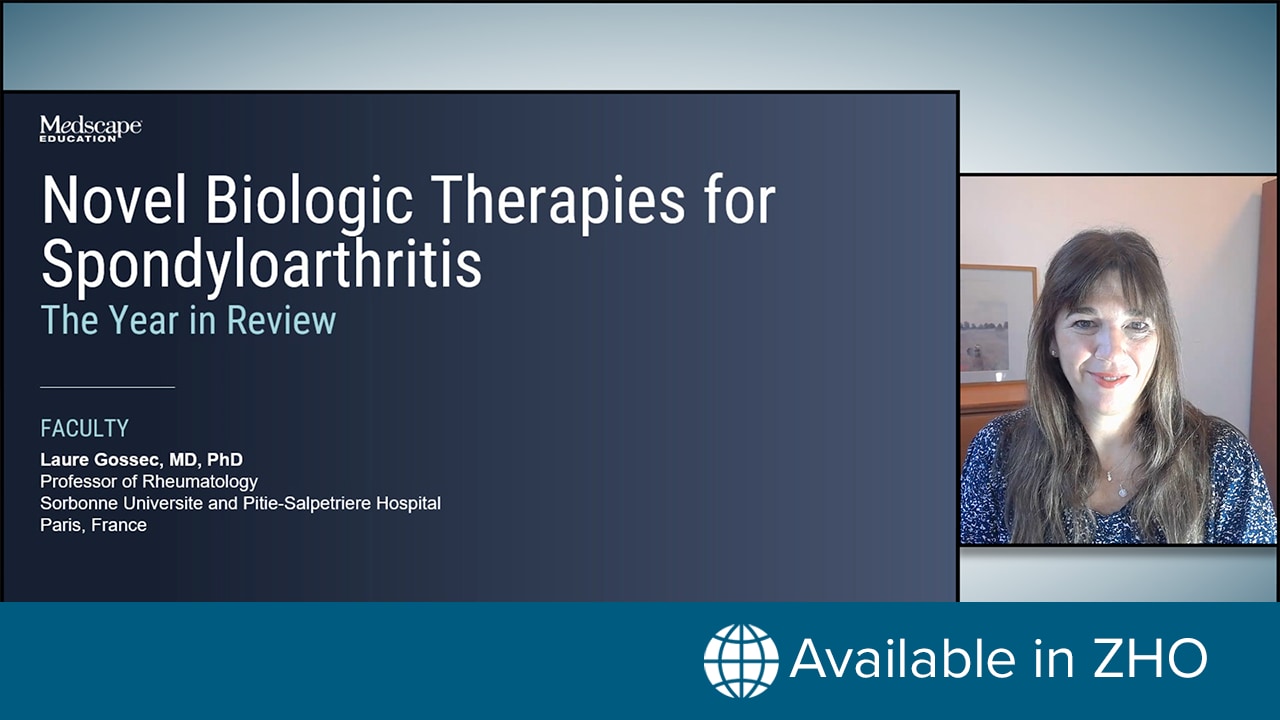Challenges of Nanotechnology for Drug Delivery
Although progress in the application of nanotechnology to drug delivery has been dramatic and successful, as evidenced by some nanodrugs now on the market, several main challenges remain in this field (Figure 3).
Figure 3.
Remaining challenges in the field of nanomedicine.
Biological Understanding
In order for bionanotechnologies to progress toward human applications, a better understanding of the mechanisms underlying intracellular uptake, trafficking and the fate of nanomaterials in complex biological networks is needed. Current delivery systems suffer from some major hindrances (e.g., rapid clearance by the immune system, low targeting efficiency and difficulty in crossing biological barriers).[179] In view of these obstacles, a full understanding of the basic science of NP transport will result in achieving the ability to control and manipulate drug delivery.
Safety Concern
Paralleling the development of nanomedicine, a field known as nanotoxicology has also emerged. Nanotoxicology refers to the study of the potential negative impact of the interactions between nanomaterials and biological systems.[180] Some preliminary nanotoxicity investigations have led to the speculation that nanomaterials may contribute to the formation of free radicals,[181] damage of brain cells[182] and undesirable penetration through the epidermis or other physiological barriers into areas of the body that are more susceptible to toxic effects.[183] Several mechanisms have been proposed to affect the toxicity of nanomaterials, depending on multiple factors derived from physiochemical properties, physical characteristics and environmental conditions. For example, naked quantum dots show cytotoxicity by induction of reactive oxygen species, resulting in damage to the nucleus, mitochondria and plasma membranes.[184] Also, cadmium (Cd)-containing quantum dots have been reported to be toxic by the release of free Cd2+ ions.[185] However, their toxicity was reduced after surface modification, such as attaching N-acetylcystein.[186] Au solution has not been considered to present a hazard, and Au NPs have been taken up by cells without cytotoxic effects. By contrast, Au nanorod cytotoxicity could be attributed to the presence of the stabilizer cetyltrimethylammonium bromide.[187] For silica NPs, only concentrations above 0.1 mg/ml were found to be toxic, as shown in a reduction of cell availability and proliferation.[188] CNTs also cause reactive oxygen species generation, mytochondria dysfunction, lipid peroxidation and changes in cell morphology,[189] while graphite and fullerene produce no significant adverse effects.[190] In addition, it was reported that most cationic NPs can cause hemolysis and blood clotting, while neutral and anionic NPs are quite nontoxic.[191]
NPs can be inhaled, ingested or absorbed through the skin, and they can penetrate cells, even into the cell nucleus, where, if sufficiently small, they can come into close contact with genetic material. Thus, nanomaterial toxicity should be considered relative to the patient population, as well as the entire manufacturing and disposal processes. Based on safety concerns, the establishment of standards or reference materials and consensus testing protocols that can provide benchmarks for the development of novel classes of materials are needed.
Manufacturing Issue
Another challenge facing nanodrug delivery is the large-scale production of nanomaterials in terms of scaling up laboratory or pilot technologies for consistent and reproducible production and commercialization. A number of nanodrug delivery technologies may not be compatible with large-scale production owing to the nature of the preparation method and high cost of materials employed. The challenges of scaling up include a low concentration of nanomaterials, agglomeration and the chemistry process. It is much easier to modify or maintain the size or composition of nanomaterials at the laboratory scale for improved performance than at a large scale. The biomedical community should rethink the level of control needed when working with nanomaterials. Rather than requiring perfect control of the physical dimensions of nanomaterials, a statistical approach may be adopted in order to establish a metric for classifying nanomaterials by material type, average size, aspect ratio and standard deviation. This would fit well with the formation of a toxicology database, since it is unrealistic to establish the toxicology of every size or aspect ratio of a nanomaterial.
Economic & Financial Barriers
Economic and financial barriers can also stand in the way of implementing nanomedicine. The limited availability of reimbursement by public and private health insurers for relatively expensive new diagnostic tests has emerged as a major impediment to the deployment of personalized medicine in general, and nanoproducts are likely to encounter even greater hurdles because of their costs and complexity.[192]
Despite the number of patents for nanodrug delivery technologies, commercialization is still in its early stage. Because of the high development costs of nanodrugs and medical devices, startup companies have little chance of bringing products to the market without support from 'Big Pharma', which is able to provide the financial resources and expertise needed to achieve regulatory and commercial success.
Nanomedicine. 2012;7(8):1253-1271. © 2012 Future Medicine Ltd.











